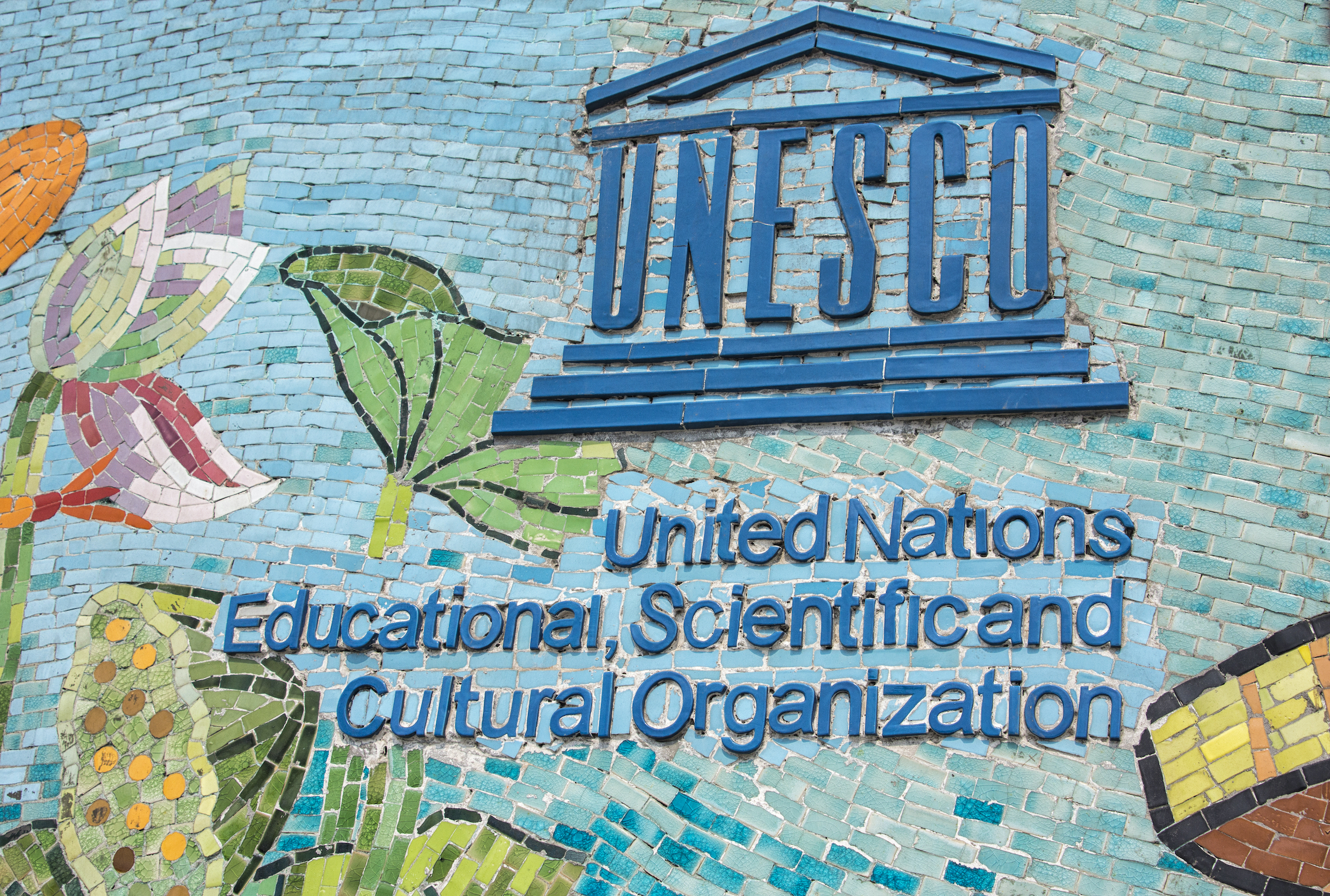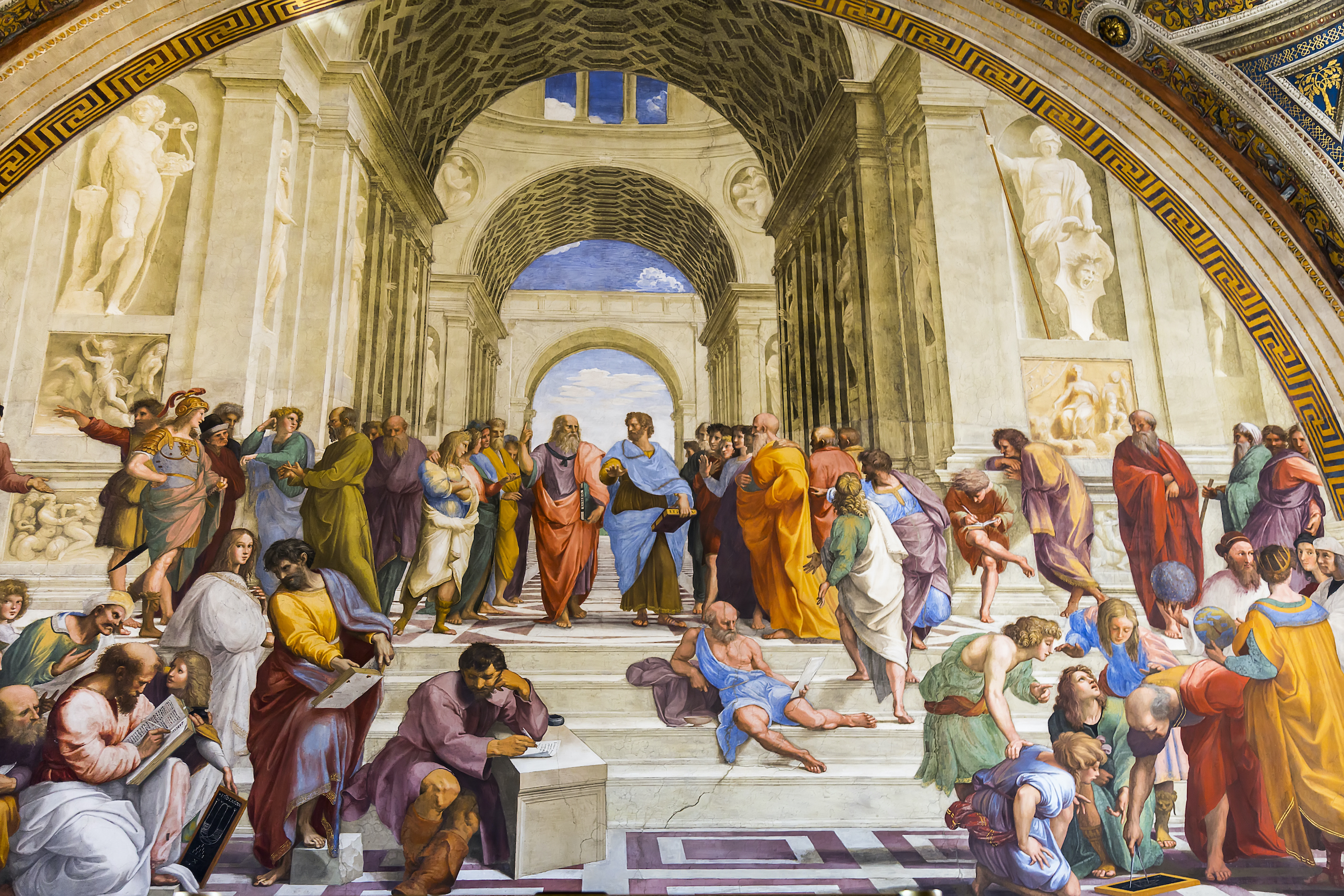There are at least three main obstacles to the circulation of ideas. The first obstacle is non-circulation, which usually results from uneven power relations – ideas tend to circulate from the centres to the peripheries, and from the North to the Global South. Conversely, when ideas do circulate from the Global South to the North, they are often appropriated and relabelled so that their original producers are dispossessed of them.
The second obstacle is misunderstandings because ideas and texts circulate without their context. Thus, some ideas can be given a different signification from their original meaning. This can be due to translation mistakes or to the framework within which these ideas are appropriated and used.
Finally, misunderstandings can be due to untranslatable concepts such as mana, used by Marcel Mauss, or the German words bildung, meaning a kind of deep general education, and beruf, which has a different acceptation from “profession”.
Despite this notion of untranslatability, ideas, concepts and theories circulate all the time; but this circulation does not follow the pattern of contagion, as proposed by diffusionist theories of culture. Ideas are imported by social agents, individuals or institutions. They get appropriated, used, distorted, redefined and hybridised. Moreover, it is sometimes in this circulation process that scientific discoveries and innovations are produced.
For instance, it was during his exile in the United States during the Second World War that the French anthropologist Claude Lévi-Strauss met the Russian linguist Roman Jakobson. This meeting would be decisive in the birth of structural anthropology: Lévi-Strauss imported the structuralist approach practised by Jakobson from linguistics into anthropology. Thus, this was both a transnational and interdisciplinary transfer.
Western and non-Western thought
Scientific knowledge has been concentrated since the 18th century in the West. Does this mean there is no knowledge in non-Western countries? This assertion is, of course, contested by champions of indigenous knowledge who reject Western knowledge. Are these knowledge traditions incommensurable?
We could adopt cultural relativism without necessarily becoming epistemological relativists. In fact, the Western narrative about the birth of philosophy and science in Europe is destabilised by the history of science. Examples such as mathematics in Egypt, philosophy and medicine in India or China, and philosophy in Andalusia suffice to discard any attempt of the Western world to monopolise science.
The history of knowledge provides evidence of cultural contact between Europe and the non-Western world. The Greek philosophers studied in Egypt; and Gottfried Wilhelm Leibniz and François Quesnay were very interested in Indian philosophy.
Starting in the 18th century, Western science built itself by appropriating so-called “non-Western” knowledge yet also by denying this appropriation. Until then, so-called “Oriental” traditions had been recognised as part of the history of philosophy. Uncovering these appropriations and this denial is a new trend in the history of science.
We can see from this that the Western intellectual tradition was itself built from cultural exchanges, including with non-Western cultures. Hybridisation had therefore already occurred and is part of the history of thought.
If ideas have a social origin, they often emerge in a transcultural dialogue. Post-colonial and subaltern theories were developed by migrant scholars such as Edward Said and Gayatri Spivak, who grew up in Egypt and India, respectively, and studied in the United States before gaining positions in American universities. Their experience of coming from another place enabled them to think about the relationship between these “Western” and “non-Western” traditions and to develop new theories.
Due to the dominant position of Western knowledge, the circulation of “Western” ideas and theories across the world also gave birth to local appropriations and hybridisations.
Tracing the history of the circulation of the academic model and of disciplines reveals the role of international organisations, such as UNESCO, in the institutionalisation of the social sciences in many countries. UNESCO supported the establishment of international associations such as the International Sociological Association, founded in 1949, which fostered the birth of national associations.
Philanthropic foundations also supported the circulation of a model of empirical research in the social sciences and the humanities, a model borrowed from the natural sciences. This empirical model promoted a professional conception of science, in contrast to the more ideological Marxist conception, which was circulating worldwide in the 1960s and the 1970s.
Counter-ideological narratives
Marxist theory circulated through the Communist Party and through more politicised counter-cultural channels. It served as a counter-ideological narrative in many countries of what was, at the time, called the Third World. Revolutionary ideas were fostered by May 1968, which was a transnational movement.
The reception and appropriation of Marxist theory and its adaptation to the Latin American context gave birth to dependency theory, as opposed to modernisation theories. It showed that the under-development of Southern countries, especially formerly colonised countries, resulted from the structural domination of the North, which was keeping these countries in a relationship of economic dependence. It was not only Marxism but also less political theories, such as structuralism, that were appropriated and used in a subversive fashion, namely in authoritarian countries – under the dictatorships of Latin America, for example, or the communist regimes of Eastern Europe.
Even though we can trace theoretical and ideological lineages, some theories produced by right-wing thinkers, such as Carl Schmitt’s analysis of the state of exception, may be discussed and adapted by left-wing thinkers in specific contexts. There are also left-wing readings of Heidegger, whose philosophy is less straightforwardly ideological.
The question of the circulation of ideas questions the construction of the canon. There is a canon specific to each discipline, and one that transcends disciplines, as the examples of Marx, Freud and Foucault illustrate.
We have to question the very process of canon building and ask what was excluded in this process. For example, the modern canon of philosophy expelled non-Western philosophies which had been present in the Western history of thought up until the 18th century.
As in literature and the arts, today we also need to rediscover ideas and works by women and ethnic minorities, who have been marginalised and expelled from the theoretical canon. The Black American sociologist W.E.B Du Bois, who was very influential in his time, has been rediscovered in the past few years. The French philosopher Simone Weil is also now being rediscovered – as a female author, she is among those who have been left aside and forgotten. So, this critique and renewal of the canon, which started in the 1980s on American campuses, still has a long way to go.


